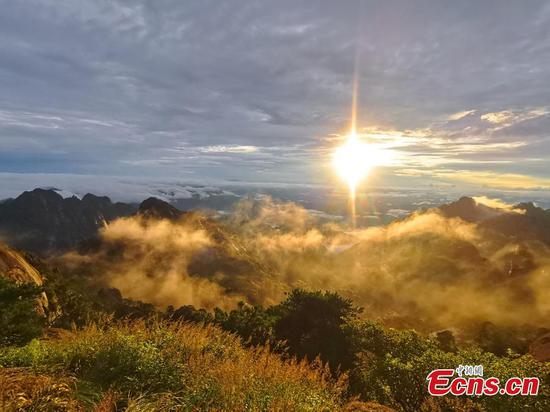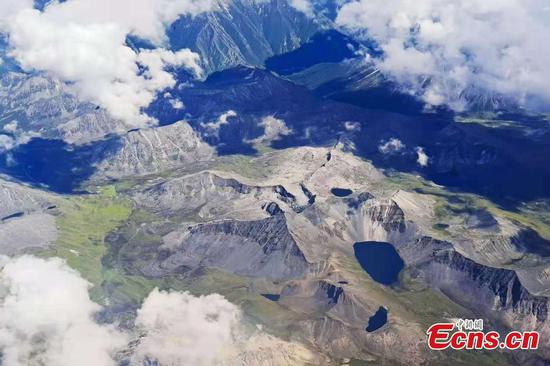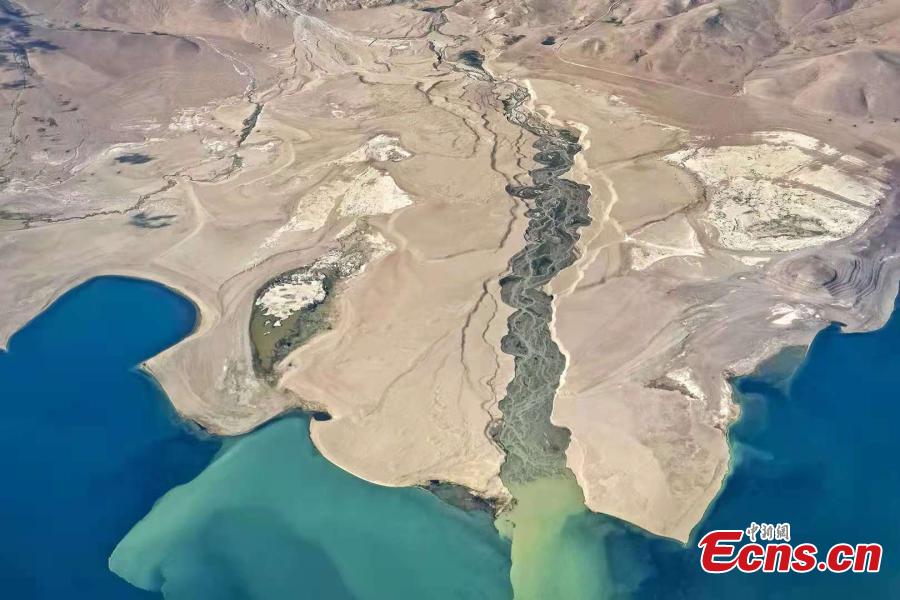
Photo released on August 12, 2021 shows the splendid scenery of China's Tibet Autonomous Region from Lhasa to Ali Count. Known as the third pole of the world, China's Tibet is located at 4,000 meters above altitudes on average and covers a total of 1, 200, 000 square meters. Rivers run across the plateau, where a stretch of snow mountains stand upright at the land. (Photo/ Liu Xiaodong)
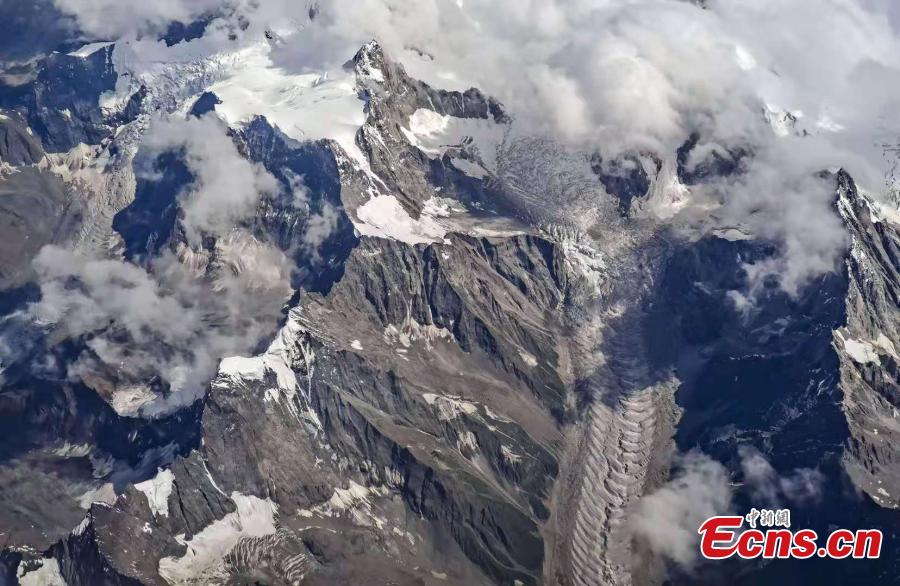
Photo released on August 12, 2021 shows the splendid scenery of China's Tibet Autonomous Region from Lhasa to Ali Count. Known as the third pole of the world, China's Tibet is located at 4,000 meters above altitudes on average and covers a total of 1, 200, 000 square meters. Rivers run across the plateau, where a stretch of snow mountains stand upright at the land. (Photo/ Liu Xiaodong)
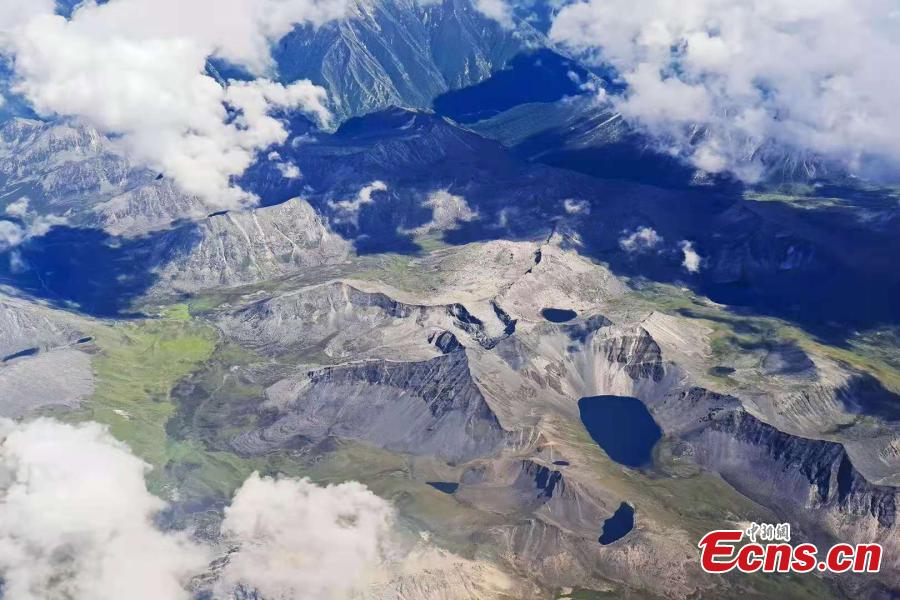
Photo released on August 12, 2021 shows the splendid scenery of China's Tibet Autonomous Region from Lhasa to Ali Count. Known as the third pole of the world, China's Tibet is located at 4,000 meters above altitudes on average and covers a total of 1, 200, 000 square meters. Rivers run across the plateau, where a stretch of snow mountains stand upright at the land. (Photo/ Liu Xiaodong)
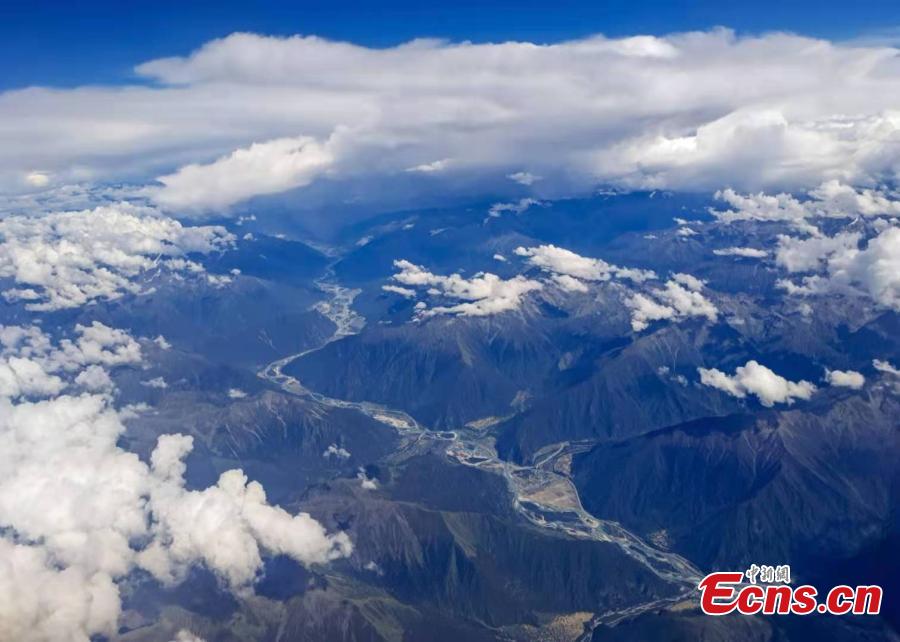
Photo released on August 12, 2021 shows the splendid scenery of China's Tibet Autonomous Region from Lhasa to Ali Count. Known as the third pole of the world, China's Tibet is located at 4,000 meters above altitudes on average and covers a total of 1, 200, 000 square meters. Rivers run across the plateau, where a stretch of snow mountains stand upright at the land. (Photo/ Liu Xiaodong)
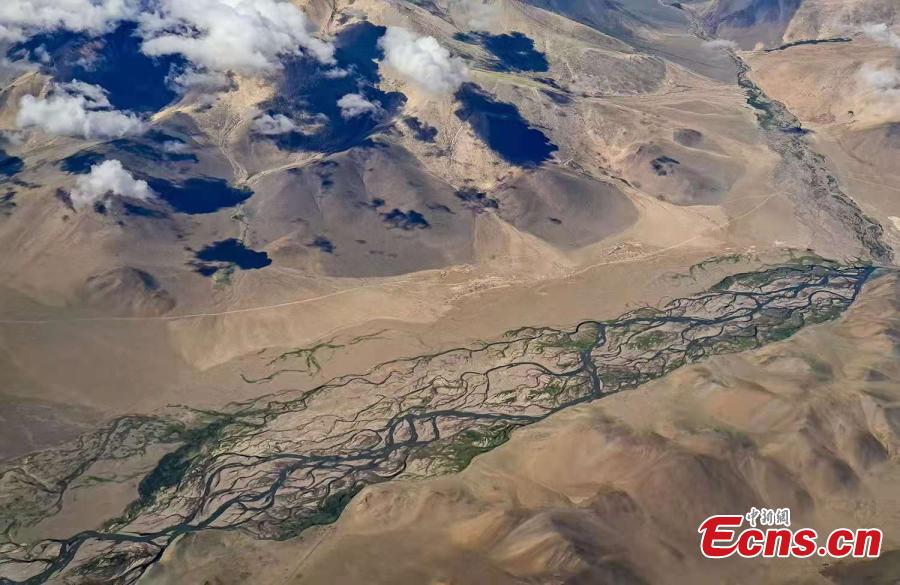
Photo released on August 12, 2021 shows the splendid scenery of China's Tibet Autonomous Region from Lhasa to Ali Count. Known as the third pole of the world, China's Tibet is located at 4,000 meters above altitudes on average and covers a total of 1, 200, 000 square meters. Rivers run across the plateau, where a stretch of snow mountains stand upright at the land. (Photo/ Liu Xiaodong)









